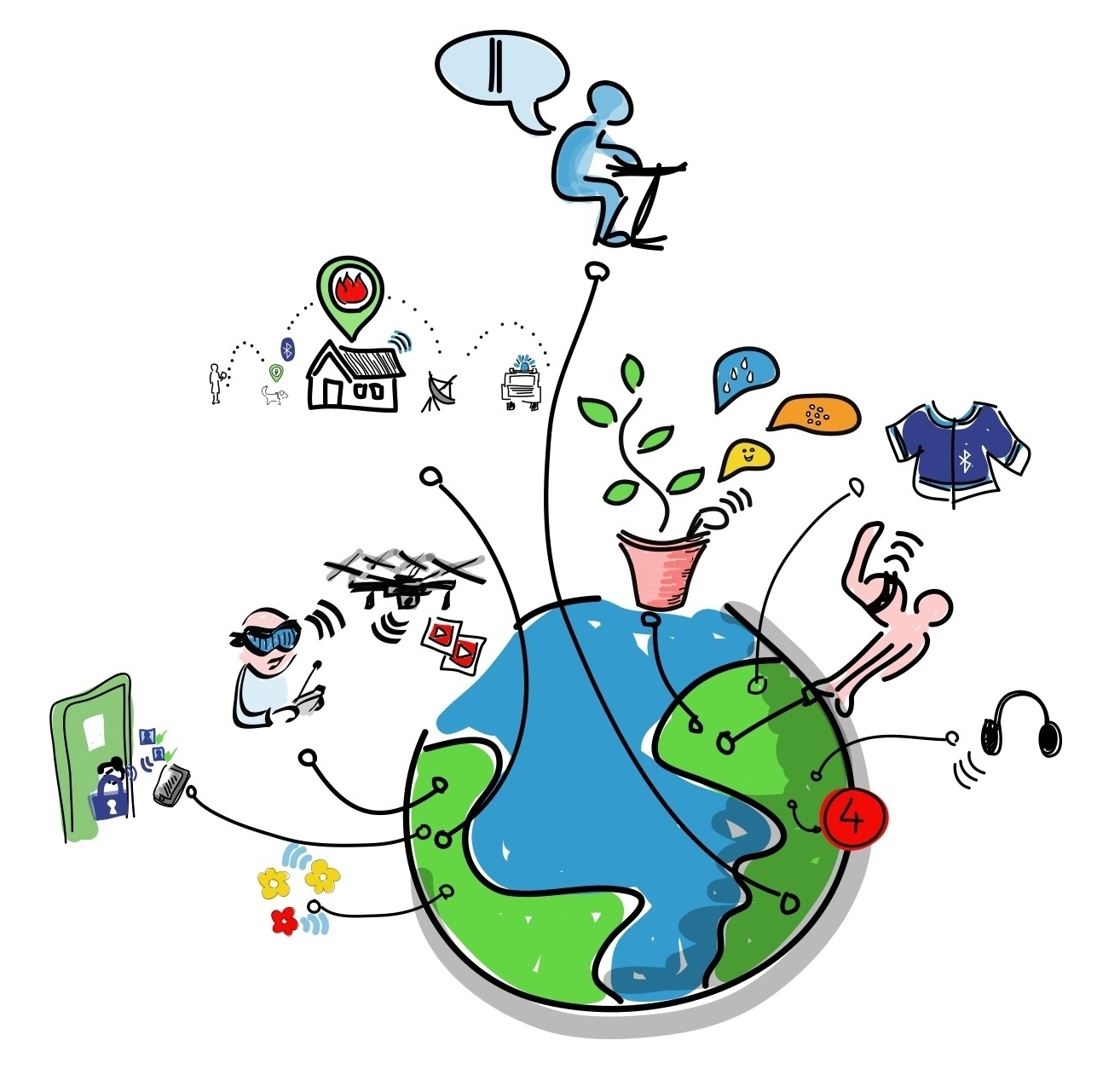Summary: The country's steering committee teams up with ICANN and WEF to create "essential mechanism" that will influence the way the global Internet is run.
By Angelica Mari for Brazil Tech
Six months
after hosting governance conference NETMundial, Brazil is leading the creation of a permanent platform to discuss improvements in the way the Internet is managed.
The country's Internet steering committee CGI, the World Economic Forum (WEF) and the Internet Corporation for Assigned Names and Numbers (ICANN) are the organizations behind the initiative, which is presented as a collaborative group that will be coordinated by stakeholders across the globe.
According to the organizers, the idea is to turn the NETmundial initiative into an "essential mechanism to advance the creation of policies and governance for the global Internet."
"Dialog is essential, but the global community is now ready to take action. The NETmundial initiative channels this energy to offer practical solutions in Internet governance to solve immediate needs," says ICANN president Fadi Chehadé.
The platform has been described as a "meeting point", where stakeholders will be able to put ideas forward, discuss them and attract the support to make them reality if necessary. In that sense, the WEF support icomes in handy, given its reach within the business community.
But the initiative's "caretakers" CGI and ICANN, as well as supporter WEF, will not be responsible for any activities regarding the selection of financing of the projects and are keen to stress the collaborative nature of the initiative. To that end, the organizations have started a process of putting together the group's coordinating council and this will be done through a nomination process, open until December 6.
Some 20 individuals from all continents - from governments and academia/technology experts to private sector and the civil society - will take part in the Council. In addition, the CGI and ICANN will take two seats each, while the WEF and the Internet Governance Forum (IGF) will take up individual seats in the coordinating group for the initiative.
Demi Getschko, board member at the CGI and chief executive at the Brazilian Network Information Center (NIC.br), highlighted that the individuals that, as well as the organizations that kickstarted the initiative, the Council will have no decision-making function other than ensuring that the platform functions properly.
"All Council members will also have to support and agree with the principles that came out of the NETmundial meeting in São Paulo earlier this year," he told ZDNet.
According to Getschko, the collaborative work within the Internet governance initiative will be carried out mostly online and there is no set agenda for meetings, online or in person.
For now, the only goals in terms of timescales are that the Council should be in place by year end and that some form of inaugural meeting will take place in January 2015 so the initiative can start its activities.
Brazil's role in global Internet governance
The NETmundial initiative follows
a conference with the same name, organized by the Brazilian government and held in São Paulo in April, in the aftermath of the National Security Agency spying scandal that included
Brazil as one of the non-adversarial countries being monitored by the United States.
Back then, the Brazilian government said that the US government's plan to end its contractual oversight of ICANN over certain key aspects of Internet addressing and naming also made NETmundial "even more timely."
But Dilma Rousseff's government stressed that it wasn't intending to seize control of the Internet - rather,
it was advocating for a more globalized mechanism that would allow discussions around Internet governance to take place in a multistakeholder environment.
Local Internet steering group CGI was responsible for a manifesto document that described principles for Web use and governance and was ultimately used as a foundation for Brazil's Marco Civil da Internet (also known as the country's "Internet Constitution"),
passed a day before the April event and guided many of the debates at the conference.
Senior government representatives, academics, Internet heavyweights and supporters of Brazil's campaign to secure a more democratic and decentralized web all attended the São Paulo event, where
two documents were produced collaboratively to set the initial agenda of the group and future governance goals.
According to CGI's Getschko, while the documents are not a mandatory set of rules for supporting organizations and countries, they "paint a picture of aspirations and commitments from the overwhelming majority of the international community to guide Internet governance from that point on."
The Internet pioneer adds that
the fact these discussions started in Brazil and the steps the country has taken towards a multistakeholder model for Internet governance meant the country was an obvious leader for the NETmundial initiative, despite the fact that other nations were also involved in the original debate.
"Through CGI, Brazil is a good paradigm in that area and ended up serving as an inspiration for the process of horizontally integrating all sectors and also with regards to the meeting results, which generated a letter with fundamental principles that should guide future steps in Internet governance," Getschko says.
"So when it came to following up on all those discussions that NETmundial started, CGI was naturally approached to be part of this continuation and also make it happen," he adds.
 Made-in-Israel mobile applications have been changing radically how we get from one place to another (Waze, GetTaxi); share videos and photos (Glide, for example), monitor our health; edu-tain our children and many other areas of our lives.
Made-in-Israel mobile applications have been changing radically how we get from one place to another (Waze, GetTaxi); share videos and photos (Glide, for example), monitor our health; edu-tain our children and many other areas of our lives.





